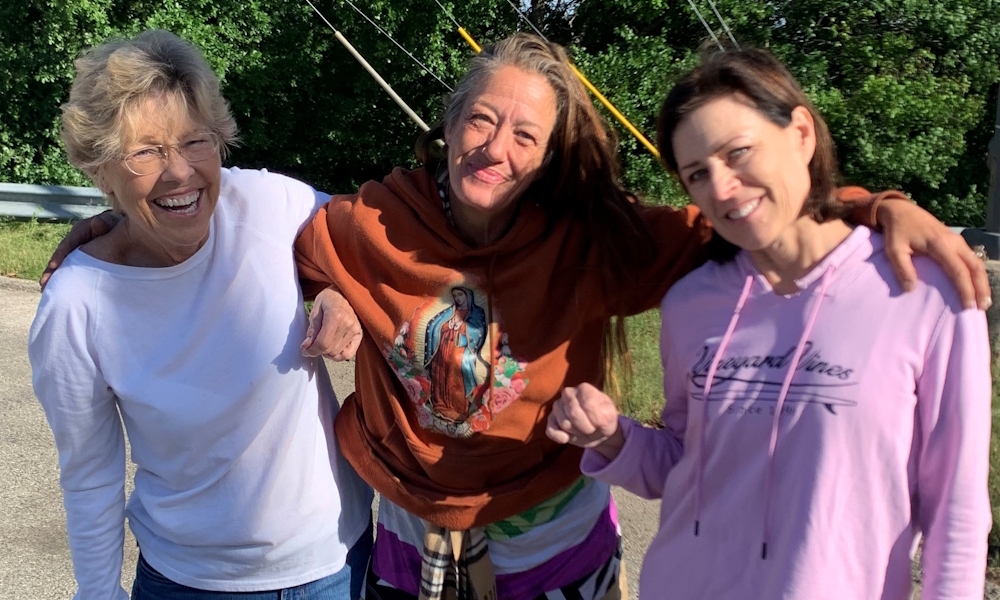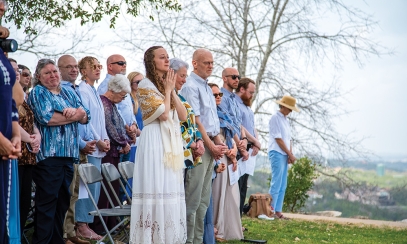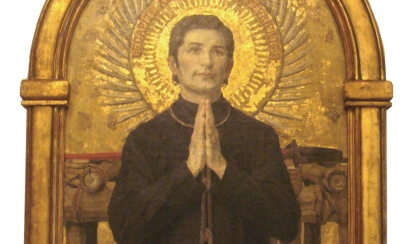
Modern day lepers
Stories from the streets
Stories from the streets
They are often seen as the 21st century’s lepers: the homeless who live on the streets. Their mere presence can invoke fear or anger. People say they are druggies, alcoholics, mentally ill or just violent and should be locked up. I was once one of those people who judged so easily.
They are often seen as the 21st century’s lepers: the homeless who live on the streets. Their mere presence can invoke fear or anger. People say they are druggies, alcoholics, mentally ill or just violent and should be locked up. I was once one of those people who judged so easily.
Then about three years ago, I joined a Mobile Loaves and Fishes truck team and have been working with people on the streets ever since. I have come to realize how difficult it is for these people to survive and how they just want to be treated as human beings. The encounters I have had with our brothers and sisters who have no home have transformed my fear into compassion and respect.
I recently met a young man named after his mother Joann. I told him my name was Joann also, and that I had brought cupcakes to celebrate my birthday. He gladly accepted the treat. After we found him some clothing, he reached into his pocket and handed me a dirty, crumpled $1 bill and said, “Happy birthday.” I told him I was grateful, but he should keep his money. I was so touched; I tried not to cry.
Then there was a woman who had been without housing for a decade. She said, “I sold my soul to the devil.” Now, she is a rehabilitated drug addict, has a waitressing job, lives in a small trailer and does volunteer work with those living on the streets. She blew me away when she started “talking” to a man using sign language. When the deaf man walked over to the clothes we had to offer, I held things up for him to see, and he selected a few items. He smiled, tried to say something I didn’t understand, and then waved goodbye. His kindness moved me.
At another stop I noticed an old man eating an orange in the back of the crowd. I asked if he needed anything, and he shook his head no. When the crowd thinned, he came up to me and found a few items of clothing. I went around to the food side of the truck, and he walked up to me again. When I asked him if there was something he needed, he answered, “A hug.” As I embraced him, I realized how thin he was. I wondered how many years he had been on the street, since he was clearly malnourished. I stroked his head while he quietly cried. As he pulled back, I told him to take care.
As we drove away, I thought of the prayer from St. Francis of Assisi. “O Divine Master, grant that I may not so much seek to be consoled as to console … to be loved as to love.”
One man told me he tried to do odd jobs, but when he had no work he panhandled and hated it. He said it felt so demeaning especially when people pretended not to see him. His story was the inspiration for the following poem:
I am here, can you not see me in the flowers of spring
hopeful for good things that it might bring?
I am here, can you not see me on the hot summer streets
begging for food just something to eat?
I am here, can you not see me in the autumn chill
I live in a tent just over that hill?
I am here, can you not see me on this brisk winter night
I shiver with cold or is it with fright?
I am here, can you not see me — I am like you
for I am one of God’s children too!
For more information about Mobile Loaves and Fishes, visit mlf.org.
Joann M. Moulds is a parishioner of St. Catherine of Siena Parish in Austin.




